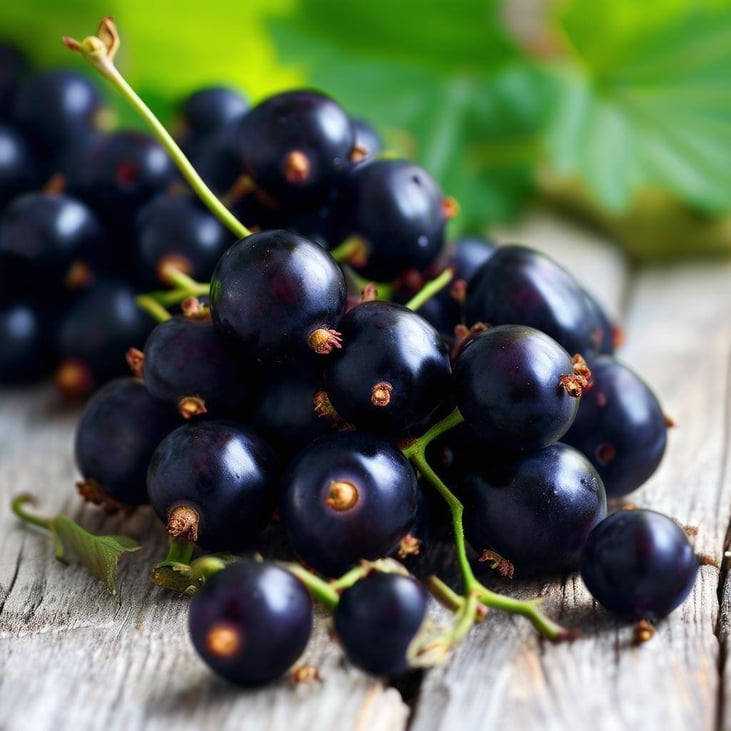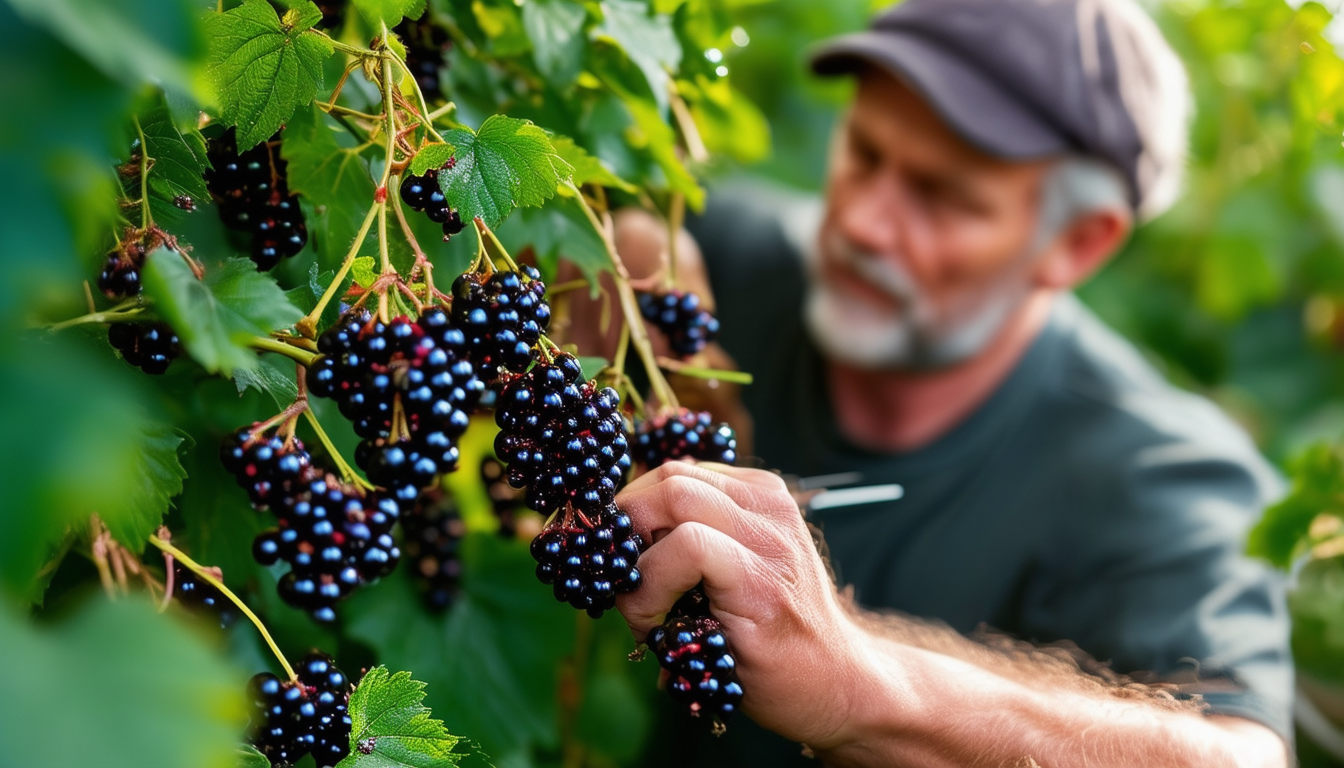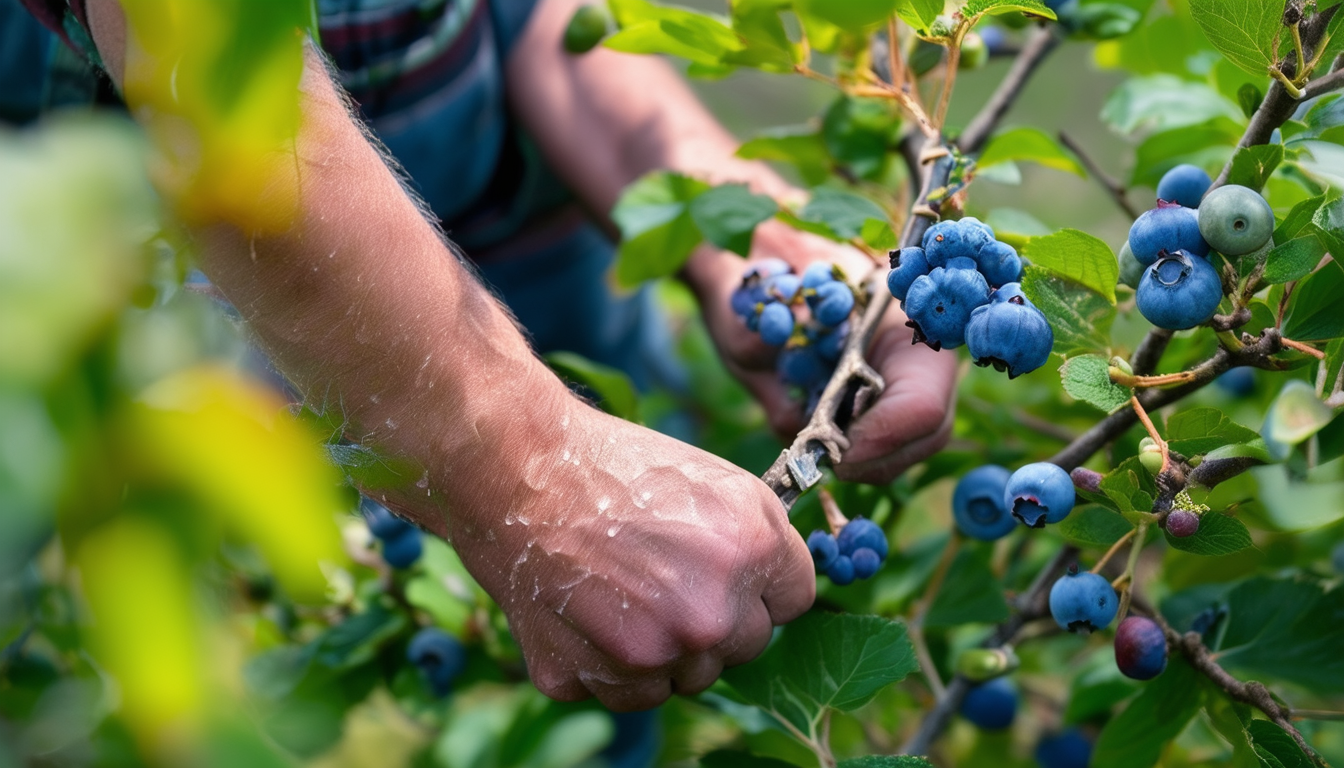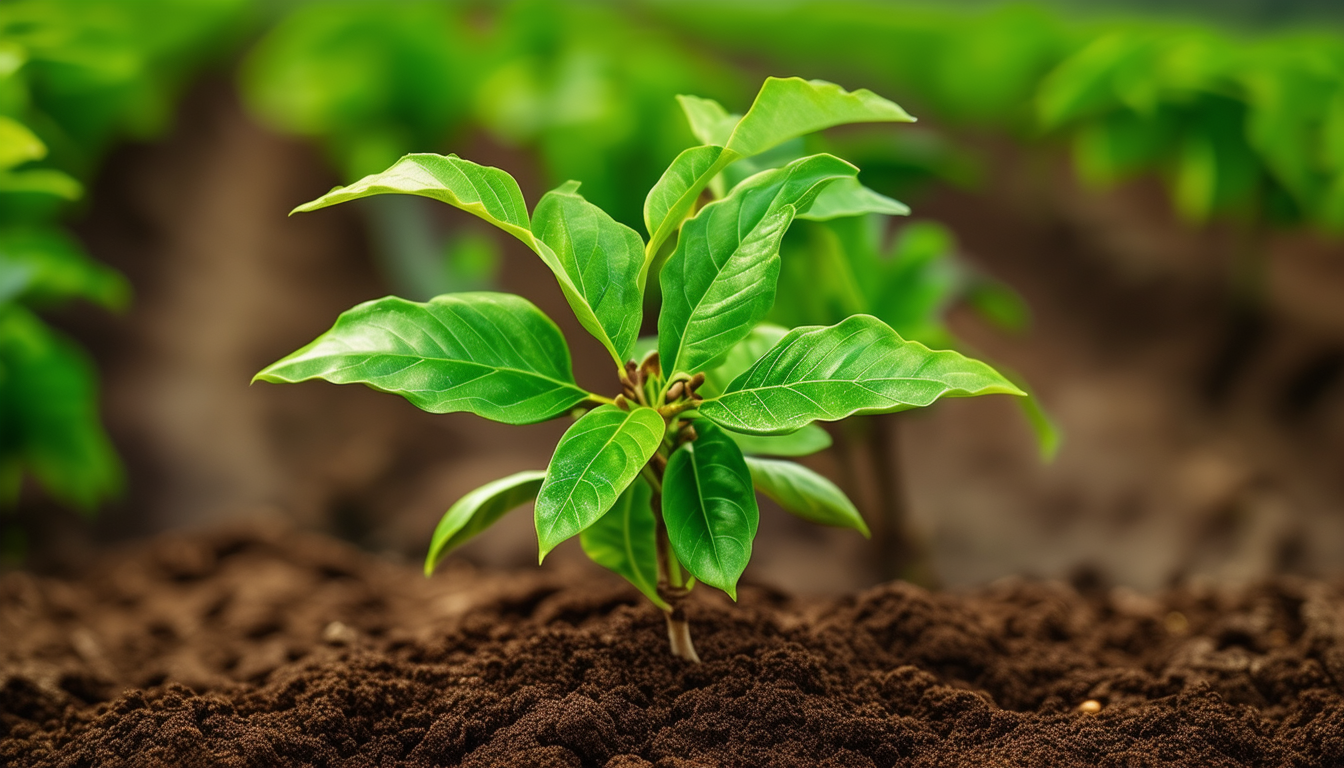
Unlock the secrets to cultivating vibrant blackcurrant plants from bare roots and enjoy a bountiful harvest in your garden.
Selecting the Best Bare Roots for a Healthy Start
Starting with high-quality bare roots is crucial for growing healthy blackcurrant plants. When choosing bare roots, look for ones that are firm and plump, with no signs of mold or rot. The roots should be moist but not waterlogged. It's also important to select varieties that are well-suited to your climate and soil conditions.
Opt for certified disease-free plants from reputable suppliers to ensure you're getting the best possible start. This initial investment in quality bare roots will pay off with robust growth and bountiful harvests.
Preparing Your Soil for Optimal Growth
Blackcurrants thrive in well-drained, fertile soil rich in organic matter. Before planting, prepare your soil by incorporating plenty of compost or well-rotted manure. This not only improves soil structure but also provides essential nutrients to young plants.
Test your soil's pH level, aiming for a slightly acidic to neutral range (pH 6.0–7.0). If your soil is too alkaline, you can amend it with sulfur or peat moss. Proper soil preparation sets the stage for healthy root development and vigorous plant growth.
5 Steps to Planting Your Blackcurrant Bare Roots Correctly
1. **Timing:** Plant bare root blackcurrants in early spring or late autumn when the plants are dormant. This helps them establish roots before the growing season begins.
2. **Soaking:** Soak the bare roots in water for a few hours before planting to rehydrate them.
3. **Digging the Hole:** Dig a hole wide and deep enough to accommodate the root system without bending the roots. A depth of 15-18 inches is usually sufficient.
4. **Planting:** Place the bare root in the hole, spreading the roots out evenly. Ensure the crown (where the stem meets the roots) is at soil level. Fill the hole with soil, firming it gently around the roots.
5. **Watering:** Water thoroughly after planting to help settle the soil around the roots. Mulch with organic material to retain moisture and suppress weeds.
Caring for Your Growing Blackcurrant Plants
Consistent care is key to nurturing your blackcurrant plants. Water regularly, especially during dry spells, to keep the soil evenly moist but not waterlogged. Mulching helps retain soil moisture and regulate temperature.
Feed your plants with a balanced fertilizer in early spring and again in mid-summer. Prune annually to remove old wood and encourage new growth, which will bear fruit the following year. Protect your plants from pests and diseases with appropriate measures, such as using insect netting or organic sprays.
Harvesting and Enjoying the Fruits of Your Labor
Blackcurrants are usually ready for harvest in mid to late summer. The berries should be deep black, plump, and slightly soft to the touch. Gently pick the clusters by hand, taking care not to damage the plant.
Freshly harvested blackcurrants can be enjoyed raw, added to desserts, or made into jams and preserves. They also freeze well, allowing you to enjoy your harvest throughout the year.
Recipe Ideas for your Blackcurrants
Blackcurrants are versatile and can be used in a variety of recipes. Try making a classic blackcurrant jam or jelly. For a refreshing summer treat, blend them into a smoothie or make a tangy sorbet.
They also pair well with savory dishes—consider a blackcurrant sauce for roasted meats or a blackcurrant vinaigrette for salads. Baking enthusiasts can add them to muffins, cakes, and tarts for a burst of flavor.
Best Varieties of Blackcurrant
Some popular blackcurrant varieties include 'Ben Sarek', known for its compact size and high yields, and 'Ben Lomond', which produces large, sweet berries. 'Ben Connan' is another excellent choice, with good disease resistance and heavy cropping.
Consider 'Titania' for its robust growth and tolerance to various soil types. Each variety has its unique attributes, so choose one that best suits your growing conditions and taste preferences.
Common Pests & Diseases
Blackcurrants can be affected by pests such as aphids, blackcurrant gall midge, and sawfly. Regular inspection and prompt action can keep these pests under control. Organic sprays and beneficial insects like ladybugs can help manage infestations.
Diseases to watch out for include mildew, leaf spot, and reversion virus. Ensuring good air circulation, proper pruning, and avoiding overhead watering can help prevent these issues. If disease strikes, remove and dispose of affected plant parts promptly.
Height, Spread & Fruiting Time of Blackcurrants
Blackcurrant bushes typically grow to about 3-5 feet in height and spread. They are relatively compact, making them suitable for small gardens or even large containers.
Most blackcurrant varieties will begin to fruit in their second year, with full production occurring by the third year. The fruiting period usually spans from late June to early August, depending on the variety and growing conditions.
FAQ
Can I grow blackcurrants from cuttings? Yes, blackcurrants can be propagated from hardwood cuttings taken in late autumn.
How long does it take for blackcurrants to fruit? Blackcurrants typically begin to fruit in their second year.
How to plant bare root currant? Follow the steps outlined in the '5 Steps to Planting Your Blackcurrant Bare Roots Correctly' section.
Are blackcurrants easy to grow? Yes, with proper care, blackcurrants are relatively easy to grow.
How often should I water blackcurrants? Water regularly to keep the soil moist, especially during dry periods.
Do you need two blackcurrant bushes? No, blackcurrants are self-fertile and do not require a second plant for pollination.
How do you plant bare root? Refer to the '5 Steps to Planting Your Blackcurrant Bare Roots Correctly' section.
How long do currant cuttings take to root? Currant cuttings typically take a few months to establish roots.
How do you propagate bare root? Bare roots can be propagated by taking hardwood cuttings and planting them in a suitable medium.
Is tomato feed good for blackcurrants? Yes, a balanced tomato feed can be beneficial for blackcurrants.
What is the lifespan of a blackcurrant bush? Blackcurrant bushes can live and produce fruit for 10-15 years with proper care.
What attacks blackcurrant bushes? Common pests include aphids, gall midge, and sawfly. Diseases include mildew and leaf spot.
Can blackcurrants be grown in pots? Yes, blackcurrants can be grown in large containers with proper care.
What can I plant next to blackcurrants? Companion plants like chives, garlic, and nasturtiums can help deter pests.
Do blackcurrants need a trellis? No, blackcurrants do not require a trellis as they are bushy plants.
How much room does a blackcurrant bush need? Space blackcurrant bushes about 4-6 feet apart to allow for proper growth.
What is the best fertilizer for black currant? A balanced, slow-release fertilizer high in potassium is ideal for blackcurrants.
What month do you prune blackcurrants? Prune blackcurrants in late winter or early spring before new growth begins.
Do blackcurrants like manure? Yes, blackcurrants benefit from well-rotted manure worked into the soil.
How do you revive old blackcurrant bushes? Prune heavily to remove old wood and encourage new growth.
Can you eat blackcurrants raw? Yes, blackcurrants can be eaten raw, though they are often tart and benefit from a bit of sugar.



